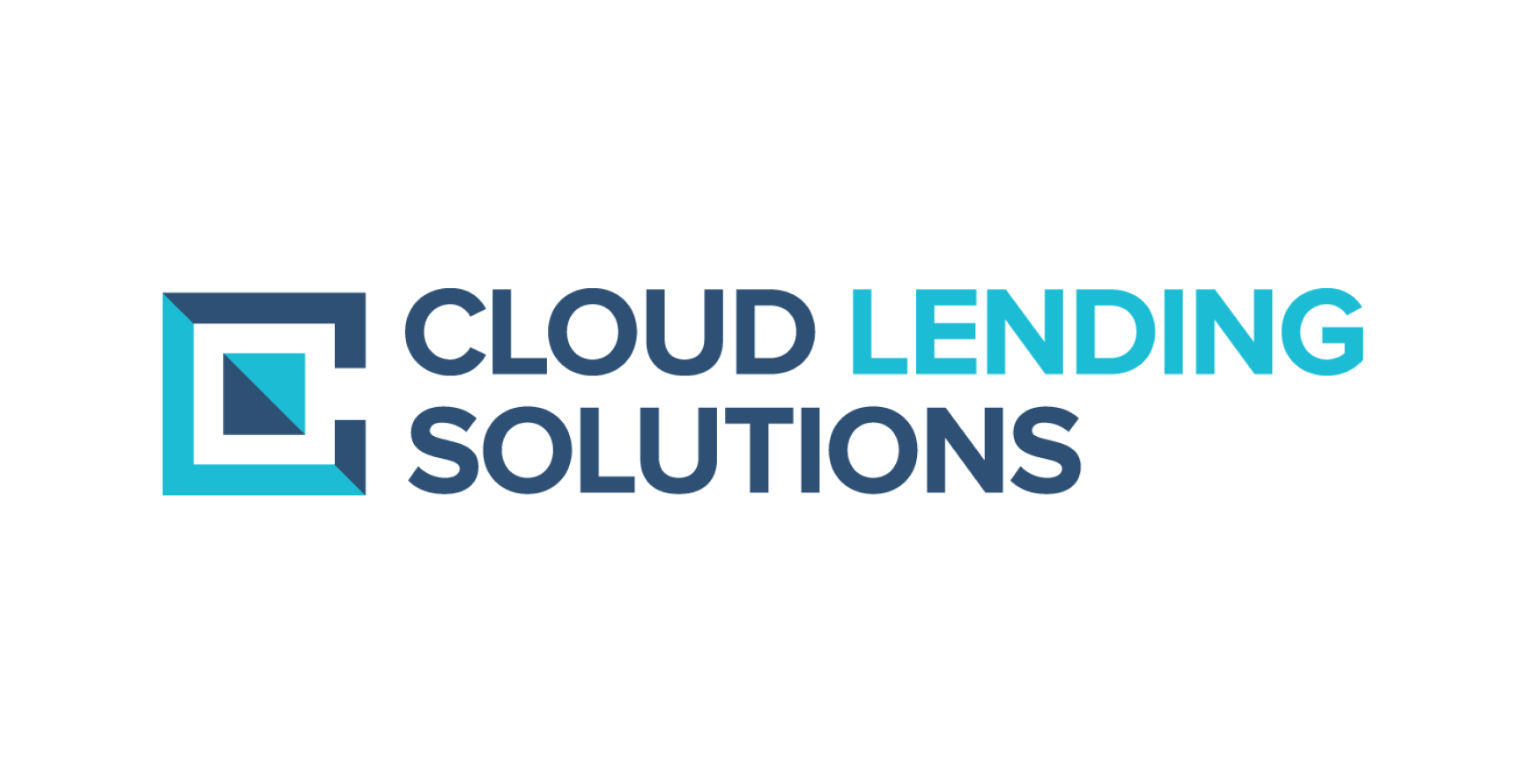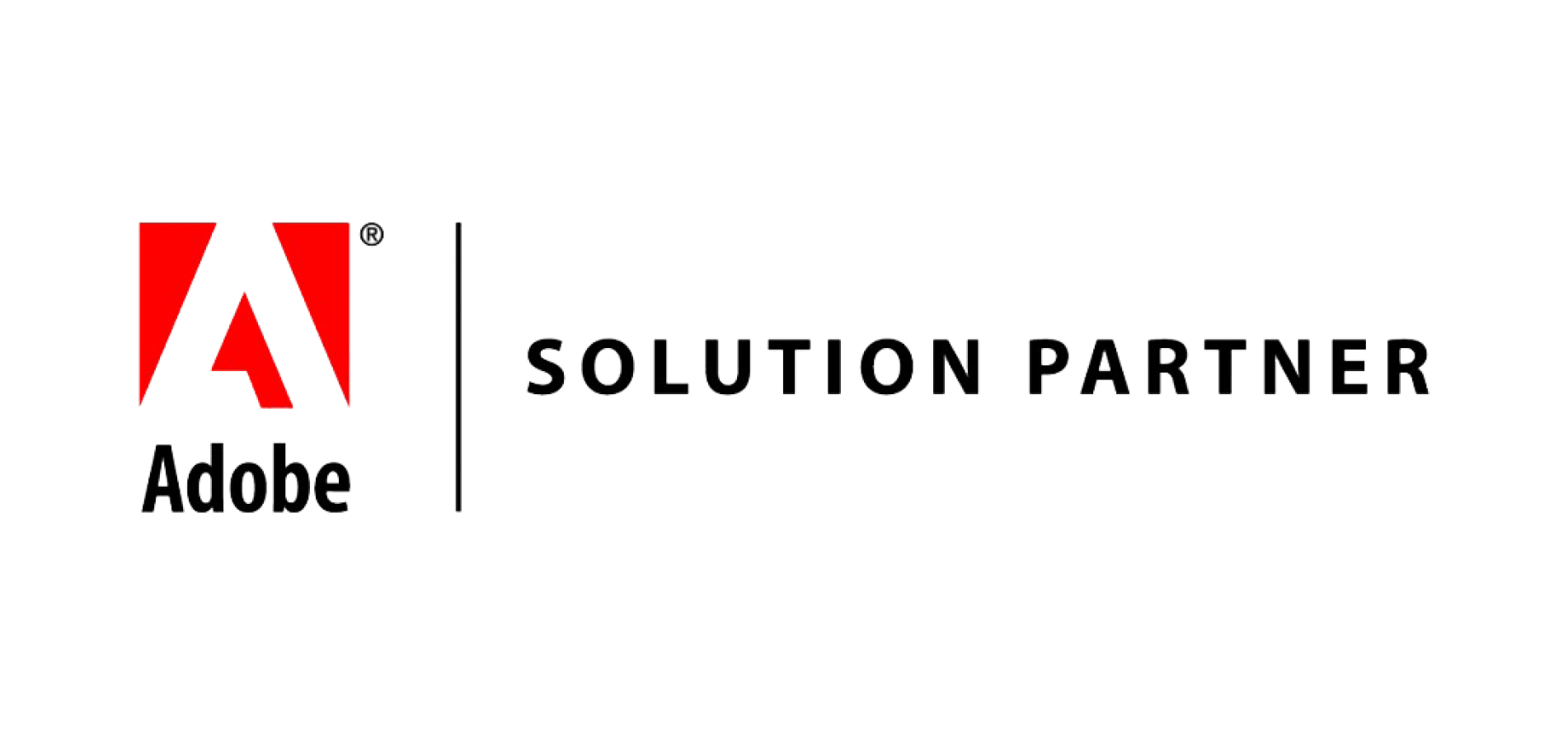Artificial Intelligence, zBlog
Natural Language Generation for Business: Benefits & Challenges
trantorindia | Updated: July 23, 2025
Natural Language Generation is rapidly transforming how businesses communicate, access insight, and scale operations. By turning complex data into clear, fluent language, NLG enables organizations to automate writing, create personalized experiences, and make data-driven decisions with unprecedented speed. As the volume of digital content and data continues to soar, NLG technology has shifted from experimental to essential across sectors like finance, healthcare, retail, and customer support.
This comprehensive guide explains how NLG works, its real-world business benefits and challenges, the latest technology trends, and actionable steps for implementation—all crafted for top SEO performance and modern reader expectations.
What is Natural Language Generation?
Natural Language Generation is a subfield of artificial intelligence and a branch of Natural Language Processing. Its primary function is to transform structured data—such as numbers, categories, and code—into readable, human-like text or speech. NLG systems can autonomously generate reports, product descriptions, emails, summaries, and more, mimicking the nuance and tone of human writers while efficiently scaling to thousands of outputs.
At its core, NLG bridges the gap between raw data and human understanding, automating content creation wherever language is needed.
How Natural Language Generation Works
Natural Language Generation relies on algorithms and language models to automatically turn data into text. Here’s how a typical workflow unfolds:
- Data Collection: NLG systems tap into structured datasets, such as databases, spreadsheets, or API feeds.
- Content Planning: The AI decides which information from the data is most important, determining context and messaging priorities.
- Draft Structure: A storyline or report structure is created, logically arranging data points for coherence.
- Language Generation: Advanced AI models, including transformer architectures like GPT and BERT, generate sentences, choosing vocabulary, grammar, and tone appropriate to the audience and purpose.
- Quality Review: The output is optionally checked or edited by humans or additional software layers for accuracy and brand voice.
Modern NLG leverages deep learning to analyze patterns, meaning, and intent, resulting in contextual and dynamic content far more sophisticated than legacy template-based approaches.
Key Business Benefits of Natural Language Generation
Increased Efficiency and Automation
- Dramatically reduces the time spent on routine document, report, or content creation.
- Frees valuable staff resources to focus on high-impact, creative, and strategic initiatives.
Scalability and Consistency
- Automates the production of thousands of written outputs—emails, product content, financial reports—ensuring consistent quality and tone.
- Maintains brand voice effortlessly across departments, regions, and languages.
Data-Driven Insights
- Turns complex analytics into clear, actionable narratives for leadership, sales, marketing, or support teams.
- Enables near real-time reporting and analysis so businesses can respond swiftly to change.
Improved Customer Experiences
- Delivers personalized communication at scale for marketing, customer service, and client updates.
- Powers intelligent chatbots and virtual assistants, giving customers fast, relevant answers based on live data.
Multilingual Communication Support
- Translates business data, reports, and responses into multiple languages—expanding international reach without scaling manual translation teams.
Real-World Use Cases of Natural Language Generation
- Business Reporting: Automates management, financial, or operational reports, reducing delays and manual effort.
- E-commerce Product Content: Generates unique, SEO-friendly product descriptions and reviews for vast inventory catalogs.
- Customer Support: Delivers dynamic FAQ responses, knowledgebase articles, and instant assistance via chatbots.
- News & Media Publishing: Powers real-time updates, such as financial market summaries or sports news, straight from live feeds.
- Compliance & Audit Documentation: Prepares error-free compliance reports and audit summaries to meet regulatory demands.
Challenges Businesses Face with Natural Language Generation
Creative and Contextual Limitations
- While NLG excels at producing factual and formulaic text, it can lack the nuanced creativity and empathy of skilled human writers.
- Certain topics, especially those requiring humor or deep contextual understanding, may not translate well in automated content.
Data Security and Confidentiality
- Sensitive business data must be managed with strict controls when processed through NLG solutions, especially if using cloud-based or third-party AI vendors.
- Careful oversight is required to avoid leaks or misuse of regulated or private information.
Ethical Considerations
- NLG systems can unintentionally reinforce biases present in their training datasets, leading to unfair or inappropriate content.
- Transparent processes and regular audits are needed to address these challenges and comply with regulatory requirements.
Integration and Technical Complexity
- Integrating NLG tools with existing business infrastructure—databases, analytics, content management systems—can require technical expertise and upfront investment.
- Continuous improvement processes are essential to keep automated outputs aligned with evolving business goals.
Latest Trends and Tools in Natural Language Generation
- Transformer-Based Models: Tools like ChatGPT, Google Bard, and Gemini lead the way in producing human-like, context-rich content at massive scale.
- Retrieval-Augmented Generation (RAG): Merges factual knowledge bases with generative models for more accurate, trustworthy outputs.
- Multimodal NLG: Combines text with images, tables, and even video, enriching communication and accessibility.
- Real-Time Personalization: Emerging solutions tailor content instantaneously to the user’s profile, behavior, or preference.
- Explainable AI: Increased demand for transparency and interpretability, especially in regulated sectors, is shaping how NLG models are trained and evaluated.
Leading Platforms
- OpenAI (ChatGPT, GPT Models): Flexible, powerful for diverse content applications via API integration.
- Google Cloud Natural Language API: Well-suited for analytics and basic NLG within enterprise app ecosystems.
- Amazon Comprehend: Scalable NLP/NLG for business insights and workflow automation.
- Wordsmith by Automated Insights: Specializes in automated business and financial reporting.
- Arria NLG: Focuses on enterprise-grade solutions for regulated industries like finance and healthcare.
Industry Trends and Statistics
- Natural Language Processing and Generation technology are exploding in adoption, with significant market growth across industries.
- The US market for NLP and NLG is among the fastest-growing, with substantial investment in automation, digital transformation, and content marketing.
- Surveys confirm that automation of routine content saves employees significant weekly hours, reduces manual errors, and increases overall operational agility.
How to Successfully Adopt NLG in Your Business
- Assess Needs: Identify roles, processes, and departments where repetitive or data-heavy writing could be automated.
- Prepare Data: Organize and clean data sources; high-quality input yields better, more accurate automated narratives.
- Select the Right Technology: Research platforms for security, scalability, supported use cases, and ease of integration with your current tech stack.
- Pilot Projects: Start with a small, measurable use case—like automating weekly analytics reports or FAQ updates—before scaling to larger operations.
- Monitor and Improve: Continuously review automated outputs for quality, accuracy, and alignment with brand voice.
- Integrate Human Oversight: Use skilled staff to review NLG outputs, especially for external-facing or legally sensitive content.
Frequently Asked Questions
How does NLG differ from Natural Language Processing?
NLP analyzes and understands human language, while NLG produces new, readable content from data.
Can NLG be customized for my company’s tone of voice?
Yes. State-of-the-art tools allow businesses to train AI models on their own style guides and brand communications.
What’s the risk of “AI hallucination” with NLG?
AI can invent non-existent facts if not guided by accurate sources. Quality assurance and proper prompts minimize this risk.
Is NLG suitable for regulated industries?
Yes, but additional security and compliance measures—like data anonymization and robust logging—are required.
How do I measure ROI for NLG implementation?
Track reductions in manual hours, error rates, content turnaround time, and gains in scalability and reach.
Conclusion: The Trantor Advantage
Natural Language Generation is driving a new era of business efficiency and communication. Brands leveraging this technology are able to produce actionable insight, automate routine writing, and engage audiences more deeply across platforms and languages.
Success requires not just the right tools, but an expert partner to guide you from strategy through integration and ongoing optimization. At Trantor, we empower organizations with bespoke AI and NLG solutions—secure, scalable, and tailored to your business objectives. Whether you’re ready to automate reporting, renew your content strategy, or reimagine customer engagement, our specialists are with you every step of the way.
Unlock competitive advantage with Natural Language Generation—partner with Trantor for your next leap forward.



